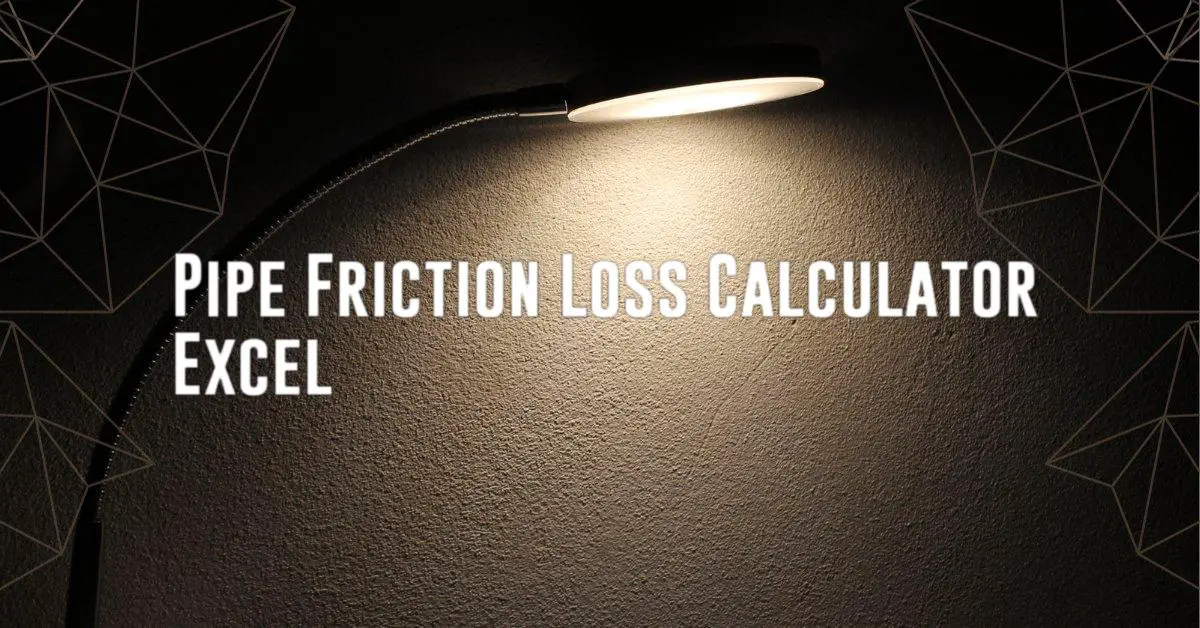Calculate Deflection Of Pipe
When designing a pipeline system, it is crucial to ensure that the pipes can withstand the forces and stresses they will encounter during operation. One key aspect to consider is the deflection of the pipe, which refers to the bending or deformation of the pipe under load. Calculating the deflection of a pipe is essential to ensure that it can safely and effectively transport fluids or gases without any issues.
Calculate Deflection of Pipe
| Modulus of Elasticity (E) (psi): | |
| Outer Diameter (D) (inches): | |
| Wall Thickness (t) (inches): | |
| Length (L) (inches): | |
| Load (P) (pounds): | |
| Deflection (δ) (inches): |
Understanding Pipe Deflection
Pipe deflection is the amount of bending or deformation that a pipe undergoes when subjected to a load or pressure. This deflection can occur due to various factors, including the material properties of the pipe, the type of load applied, and the supporting conditions. It is important to calculate the deflection of a pipe accurately to prevent any potential failures or leaks in the pipeline system.
Factors Affecting Pipe Deflection
Several factors can influence the deflection of a pipe, including:
- Material properties of the pipe
- Type and magnitude of the load applied
- Supporting conditions, such as the type of bedding or soil
- Installation method and procedure
Understanding these factors and their impact on pipe deflection is crucial in ensuring the integrity and reliability of the pipeline system.

Calculating Pipe Deflection
There are several methods for calculating the deflection of a pipe, including analytical methods, empirical formulas, and numerical simulations. The most common method used in practice is the beam deflection theory, which considers the pipe as a beam subjected to a bending moment.
The formula for calculating the deflection of a pipe under a point load can be expressed as:
d = (5qL^4) / (384EI)
Where:
- d is the maximum deflection of the pipe
- q is the point load applied to the pipe
- L is the length of the pipe
- E is the modulus of elasticity of the pipe material
- I is the moment of inertia of the pipe cross-section
By plugging in the values for these parameters, engineers can calculate the deflection of a pipe and determine whether it meets the design requirements for the pipeline system.
Importance of Accurate Deflection Calculation
Calculating the deflection of a pipe accurately is essential for several reasons:
- Ensuring the structural integrity of the pipeline system
- Preventing leaks, breaks, or other failures in the pipe
- Optimizing the design to reduce material and construction costs
- Complying with industry standards and regulations
By considering the deflection of a pipe during the design phase, engineers can anticipate potential issues and make necessary adjustments to ensure the long-term reliability and performance of the pipeline system.
Conclusion
Calculating the deflection of a pipe is a critical aspect of pipeline design and construction. By understanding the factors affecting pipe deflection, using the appropriate calculation methods, and ensuring accuracy in the results, engineers can design and build robust pipeline systems that can effectively transport fluids or gases with minimal risk of failure. Properly calculating pipe deflection is essential for ensuring the safety, integrity, and efficiency of pipeline systems in various applications.






